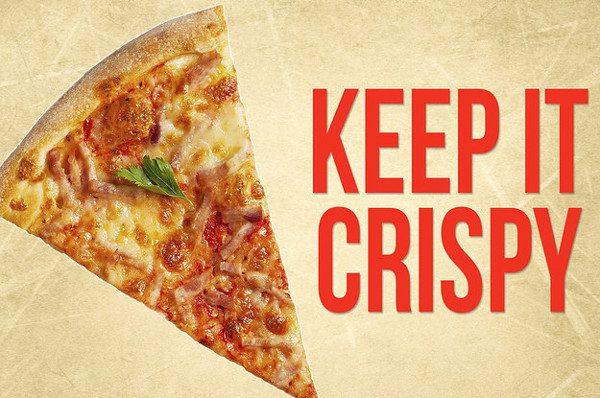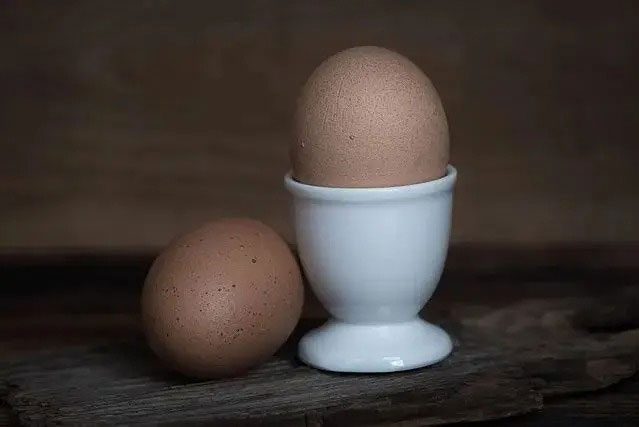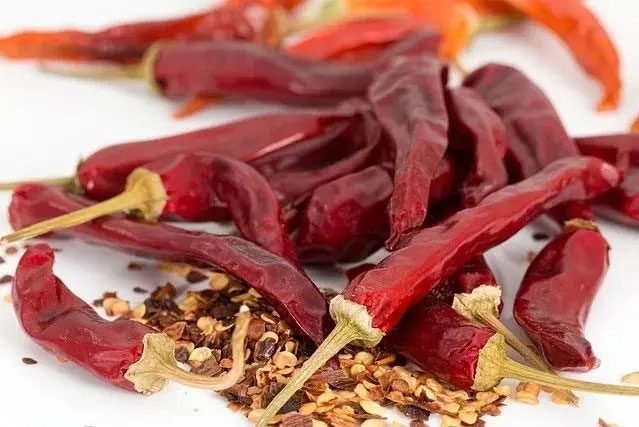Cooking and cleaning will become much easier if you know how to utilize the microwave properly.
What You Need to Know When Using a Microwave
Useful Microwave Tips You Should Know
If you dislike soggy pizza, place a slice on a microwave-safe plate along with a cup of water. The water will help the pizza slice become hot and crispy, preventing it from becoming chewy.
If you want to avoid tears while chopping onions, poke a few holes in the onion and microwave it for 30 seconds. This is said to help release the gases that make your eyes sting and tear up.

Water will help the pizza slice become hot and crispy, preventing it from becoming chewy.
There is an easy way to peel garlic: microwave a bulb of garlic for 20 seconds. Be cautious when removing it, as it will be very hot, but this makes peeling the garlic much easier.
If your dish is not evenly cooked, place it toward the outer edge of the microwave plate. This will help the food heat more evenly.
If you dislike peeling corn and cleaning up afterward, you can cut off a few centimeters from the end of the corn cob and microwave it on high for about 3 to 5 minutes. A gentle shake will cause the corn kernels to fall out of the husk. Just be careful, as the corn will be very hot.
For a dirty microwave, you can easily clean it with lemon and water. Take a bowl of water, squeeze some lemon juice into it, and microwave it for 3 minutes. Then, leave the bowl of lemon water in the microwave for about 5 minutes before removing it and wiping down the inside of the microwave.
Things You Should Not Put in the Microwave
1. Foods with Shells or Wrappers

Eggs, sausages, fresh squid, and nuts with shells are not suitable for reheating in the microwave.
During heating, these foods generate steam. However, the steam within shell or wrapped foods has no way to escape. Consequently, the pressure inside increases, which can cause the shell or wrapper to burst, resulting in an explosion. Foods like eggs, sausages, fresh squid, and nuts with shells should not be reheated in the microwave.
If you must cook them in the microwave, you need to break the shell and whisk the eggs in a ceramic or glass bowl. You should also score the outer shell of nuts before heating to allow steam to escape and prevent explosions.
2. Foods with Low Water Content and High Fat Content
Microwave heating primarily occurs through the high-frequency oscillation of water molecules. When heating foods with low water content and high fat content, they heat up quickly, making them prone to burning and producing harmful substances like benzopyrene, heterocyclic amines, and acrylamide, which can also explode.
Therefore, avoid putting skewers, pork belly, sausages, dried beef, small dried fish, and other dry, fatty foods in the microwave for reheating.
3. Water
The microwave should not be used to boil water, especially purified water. To explain further, when boiling water in an electric kettle, the heating process occurs from the bottom up. When the water at the bottom reaches boiling point, bubbles continuously rise to the surface, causing the water to boil.
However, a microwave heats all the water simultaneously, without convection, leading to high temperatures. But water at 100 degrees Celsius may not boil. When the water exceeds 100 degrees Celsius without boiling, it is referred to as “superheated water”, which is unstable and can cause burns easily.
Additionally, high-viscosity foods like separated milk or thick porridge are also not suitable for prolonged heating in the microwave, as they can easily explode.
4. Dried Chili Peppers

Dried chilies can easily catch fire during heating.
This is because dried chilies are too dry and lack moisture, making them prone to catching fire during heating. Secondly, capsaicin and other chemicals released by dried chilies when heated can irritate the eyes and respiratory system.
5. Grapes
Not only cut grapes but also whole grapes can emit sparks when heated in the microwave.
This phenomenon occurs because grapes can absorb energy when exposed to microwave radiation. When the energy is released, it creates a strong electromagnetic field and interacts within the grape. The energy from this electromagnetic field is strong enough to ionize the air and create sparks. That’s why heating grapes in the microwave can produce sparks and even cause explosions.
However, pears, apples, bananas, and other fruits can be cut into small pieces and reheated in the microwave before eating.


















































